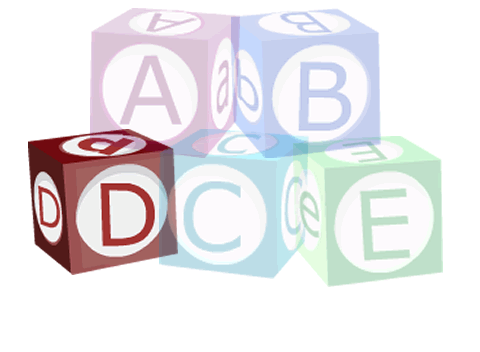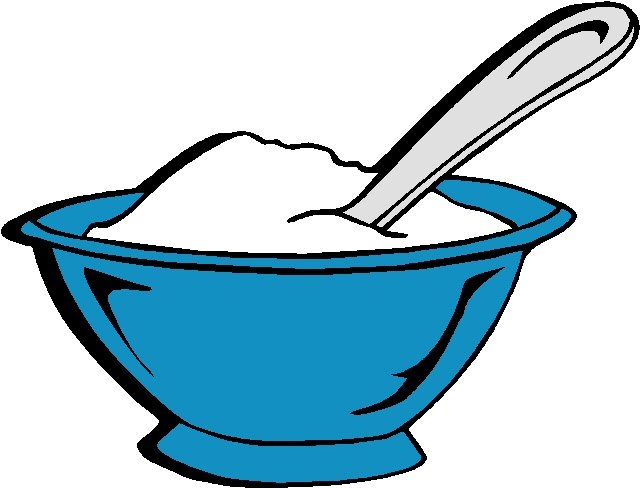D' also stands for 'DEFG' and, in ETAT+ initial assessment, dehydration.
Question: What does DEFG refer to?

D' also stands for 'DEFG' and, in ETAT+ initial assessment, dehydration.
Question: What does DEFG refer to?
Answer:
Don't Ever Forget Glucose!
Hypoglycaemia may complicate any serious illness. Consider especially if the child is lethargic or has a decreased conscious level.
Blood sugar is easy to measure, and low blood sugar is easy to treat.
Question: What level of blood glucose would you treat?

D' also stands for 'DEFG' and, in ETAT+ initial assessment, dehydration.
Question: What does DEFG refer to?
Answer:
Don't Ever Forget Glucose!
Hypoglycaemia may complicate any serious illness. Consider especially if the child is lethargic or has a decreased conscious level.
Blood sugar is easy to measure, and low blood sugar is easy to treat.
Question: What level of blood glucose would you treat?
Answer: <2.5 mmol in well-nourished child, <3 mmol in malnutrition.
Question: How would you treat hypoglycaemia?

D' also stands for 'DEFG' and, in ETAT+ initial assessment, dehydration.
Question: What does DEFG refer to?
Answer:
Don't Ever Forget Glucose!
Hypoglycaemia may complicate any serious illness. Consider especially if the child is lethargic or has a decreased conscious level.
Blood sugar is easy to measure, and low blood sugar is easy to treat.
Question: What level of blood glucose would you treat?
Answer: <2.5 mmol in well-nourished child, <3 mmol in malnutrition.
Question: How would you treat hypoglycaemia?
Answer: Encourage the child to feed. If IV treatment is required, give 2 ml/kg of 10% dextrose and repeat test; ETAT+ guideline is 5ml/kg 10% dextrose. Table 1 describes how to treat the child to prevent low blood sugar.
If no blood sugar testing available and conscious level is impaired plus the child cannot drink, treat anyway and assess for improvement.
| Treat the child to prevent low blood sugar |
|---|
|
If the child is able to breastfeed:
If the child is not able to breastfeed but is able to swallow:
To make sugar water:
If the child is not able to swallow:
|
Table 1 How to treat for low blood sugar